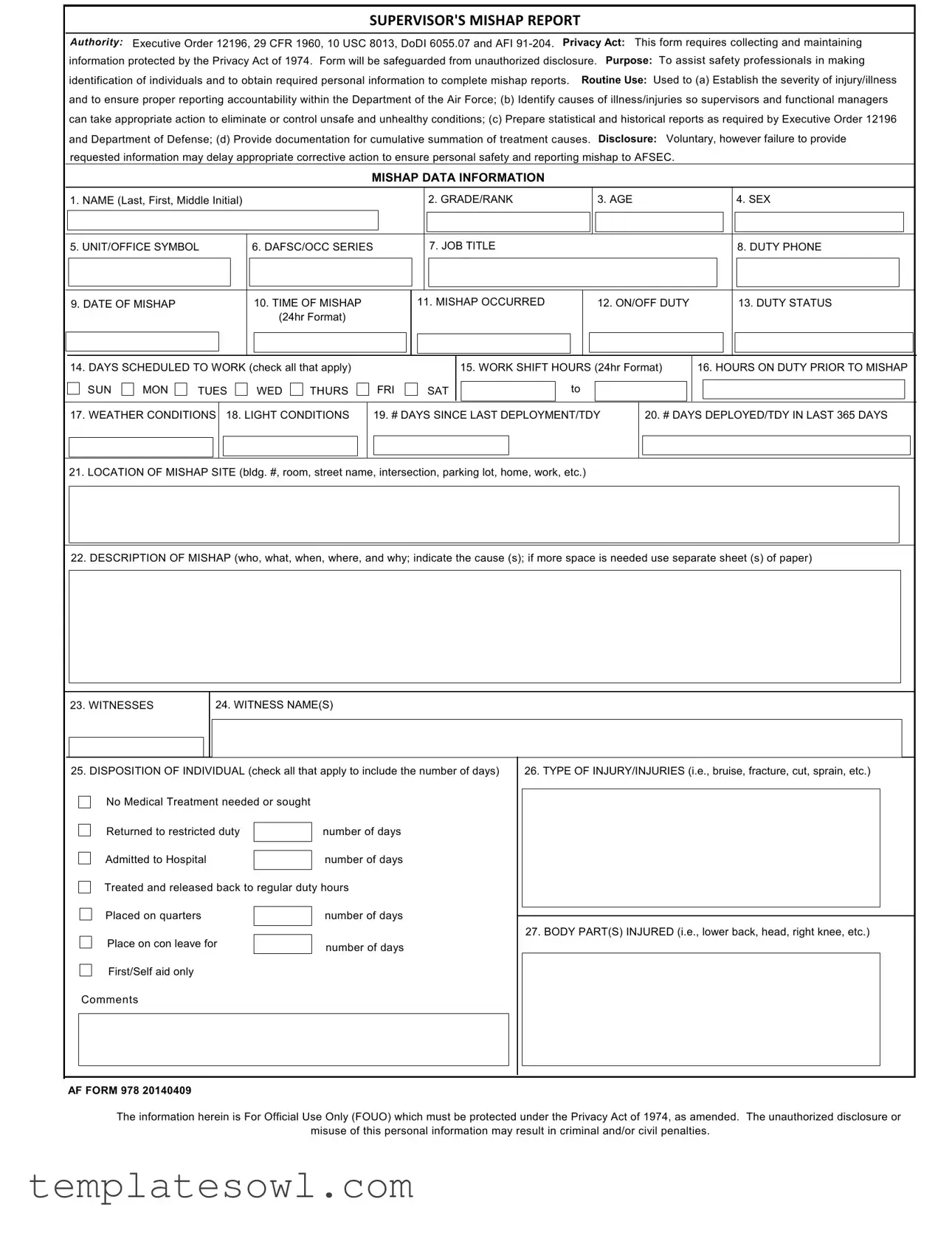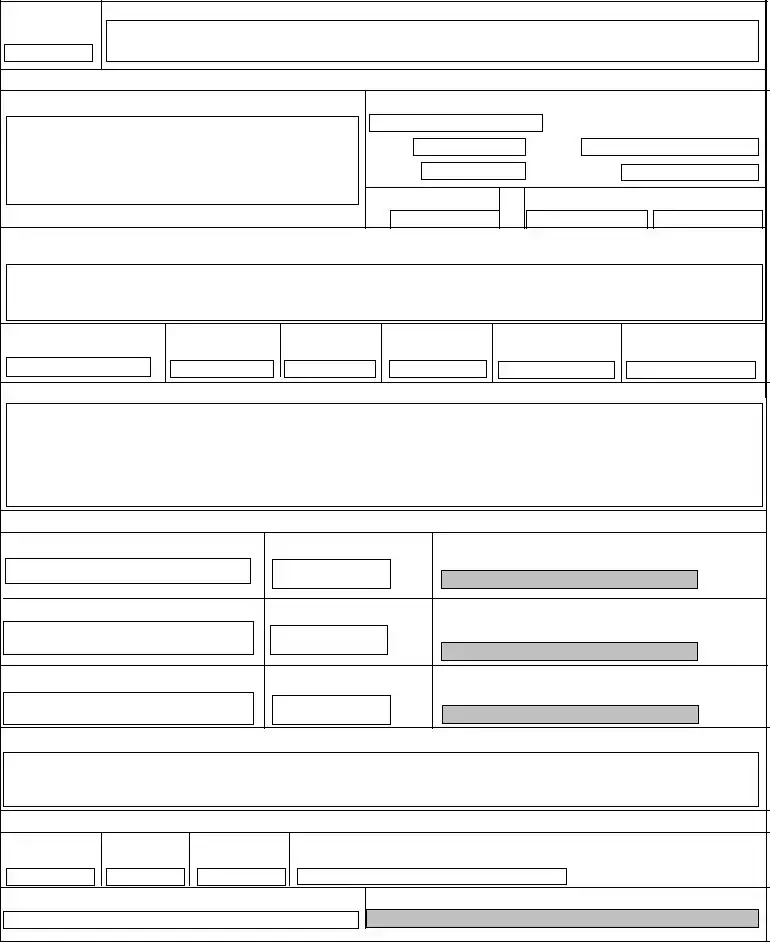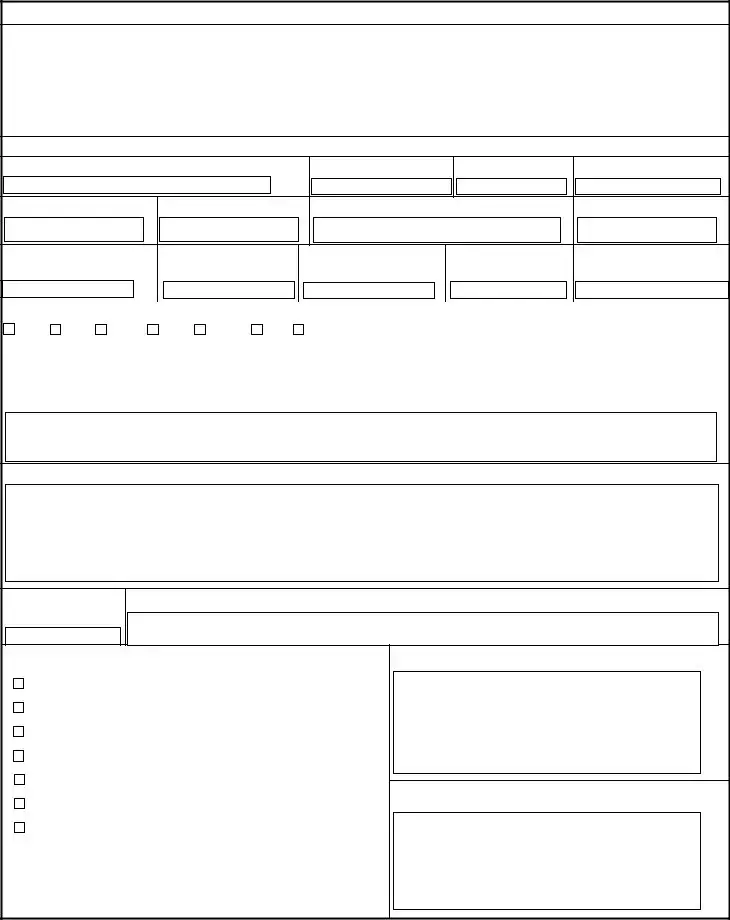What is the purpose of the AF Form 978?
The AF Form 978, also known as the Supervisor's Mishap Report, is specifically designed to assist safety professionals in identifying individuals and obtaining necessary personal information to complete mishap reports. This form helps to establish the severity of injuries and ensures proper accountability within the Department of the Air Force. By analyzing the information collected, supervisors can identify the causes of illnesses or injuries and take appropriate actions to eliminate or control unsafe conditions, ultimately enhancing workplace safety.
Who is required to fill out the AF Form 978?
The AF Form 978 is typically completed by supervisors following a mishap. Supervisors are responsible for collecting detailed information about the incident, including the nature of the injuries, the circumstances surrounding the event, and the affected individuals. The form requires input from various parties, including witnesses and safety representatives, to provide a comprehensive overview of what transpired. These details are essential for effective mitigation of future risks.
What information is collected on the AF Form 978?
The form collects a wide array of information, including the name, grade, rank, age, and unit of the individual involved in the mishap. It also requests specific details about the incident, such as the date and time it occurred, as well as descriptions of the mishap, including any injuries sustained. Additionally, the form gathers data about environmental conditions, the individual's duty status, and the types of treatment received. This information is crucial for analyzing trends and improving overall safety practices.
Is providing information on the AF Form 978 mandatory?
While disclosing information on the AF Form 978 is voluntary, it is important to understand that not providing requested details might hinder prompt corrective actions necessary for ensuring personal safety and reporting mishaps effectively. The information collected serves a vital role in maintaining workplace safety standards and accountability within the Department of the Air Force.
How is privacy protected when completing the AF Form 978?
The AF Form 978 is subject to the Privacy Act of 1974, which mandates that all personal information collected must be safeguarded against unauthorized disclosure. This means that the form should be accessible only to individuals who have a legitimate need to know the details for safety and accountability purposes. Any unauthorized use or disclosure of this information can result in serious penalties, thus underscoring the importance of treating this data with respect and confidentiality.


